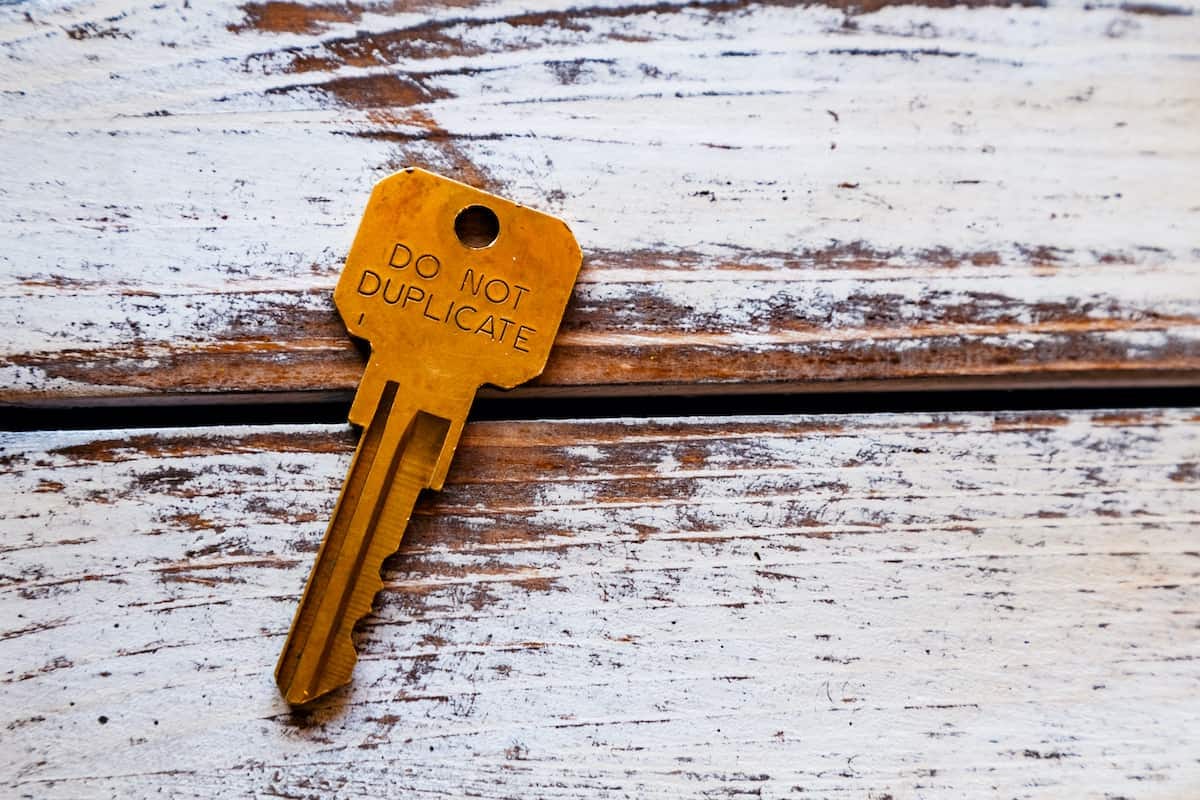Is building a hard-to-copy software business easier or harder?
Where does durability in differentiation come from 🤔 🧐
I’ve been reflecting on Gibson Biddle DHM model - Delight customers in hard-to-copy, margin-enhancing ways. It’s a model he developed with his Netflix experience as a backdrop. This is especially important in light of Netflix’s growth collapse in the last couple of years. And the commoditization of streaming platforms and the introduction of ad-based pricing tiers, a feature that was a non-starter approaching dogma for Netflix just a couple of years ago.
Netflix was hard to copy until it wasn’t. But what is the half-life of copy-ability? This is not an academic question for me. Typeform has seen competitors copy us on all sides, eroding our uniqueness. Our gold-standard design and interaction layer for websites and web apps is the best in the world, but it’s not endlessly durable.
Time erodes your uniqueness. People/companies catch up if there is money to be made - this is the bedrock assumption of product and company strategy. This is how commoditization works.
There are two possible countermeasures I can think of that are durable
The first is continuous urgent innovation - this has 2 elements:
Have a market-sensing function that can predict where the market is going even when it’s not obvious, AND lead the organization in that direction.
The second element is generating innovation that solves current market needs and future ones. This is so hard to get right and staff right. But it’s a big one.
Countermeasure two is an epiphany: One of the biggest ways to defend against copying is to have the resources to transcend it. Meaning scale. We’re increasingly seeing that being a very scaled company - e.g. FAANG + MSFT - can give you additional buffers to commoditization.
You can buy your emergent competitors. You can fund new innovations. You can over-hire in areas you don’t need immediately but may be useful in the long run. You can push the levers of regulation in your favor. Etcetera.
Is durable scale the ultimate antidote to being hard to copy? Meaning that you can always escape the commoditization trap if you focus properly and you have a lot of cash on hand. Microsoft is using OpenAI to prevent copying in its core market. Adobe bought Figma after being copied and trumped. Amazon is AI agnostic but just struck a deal with Anthropic. Google was caught on the back foot by OpenAI and ChatGPT but it’s tying AI to their web search dominance in other to stem the ‘bleeding’. The list is endless. It’s unclear if this is a regulation failure or a feature of scale in our current world.
Gibson Biddle , what do think of copying in the most recent passage of Netflix? Got some thoughts Shishir Mehrotra



Paul Adams at Intercom had a concept “Compounding product strategy”, where everything you build should come together to unlock new value is a compounding way.
You build A then B and that together unlocks C, then you’re competitor can’t get to C unless they also build A and B
Perhaps that’s another way to think about how to plan for “hard to copy”
in my humble opinion to add to this:
1. Realizing most products follow the S-curve w/ ultimate decay + Follow-on products should focus on distribution channel-fit -> stacking long-term portfolio in this way so it builds on the distribution generated with the previous hit/success.
2. Keep on evolving the mission to have part deux, part three with which the joining and existing talent can see a path to 5-20x growth during their career
(besides the usual data-driven network effects + category creation)